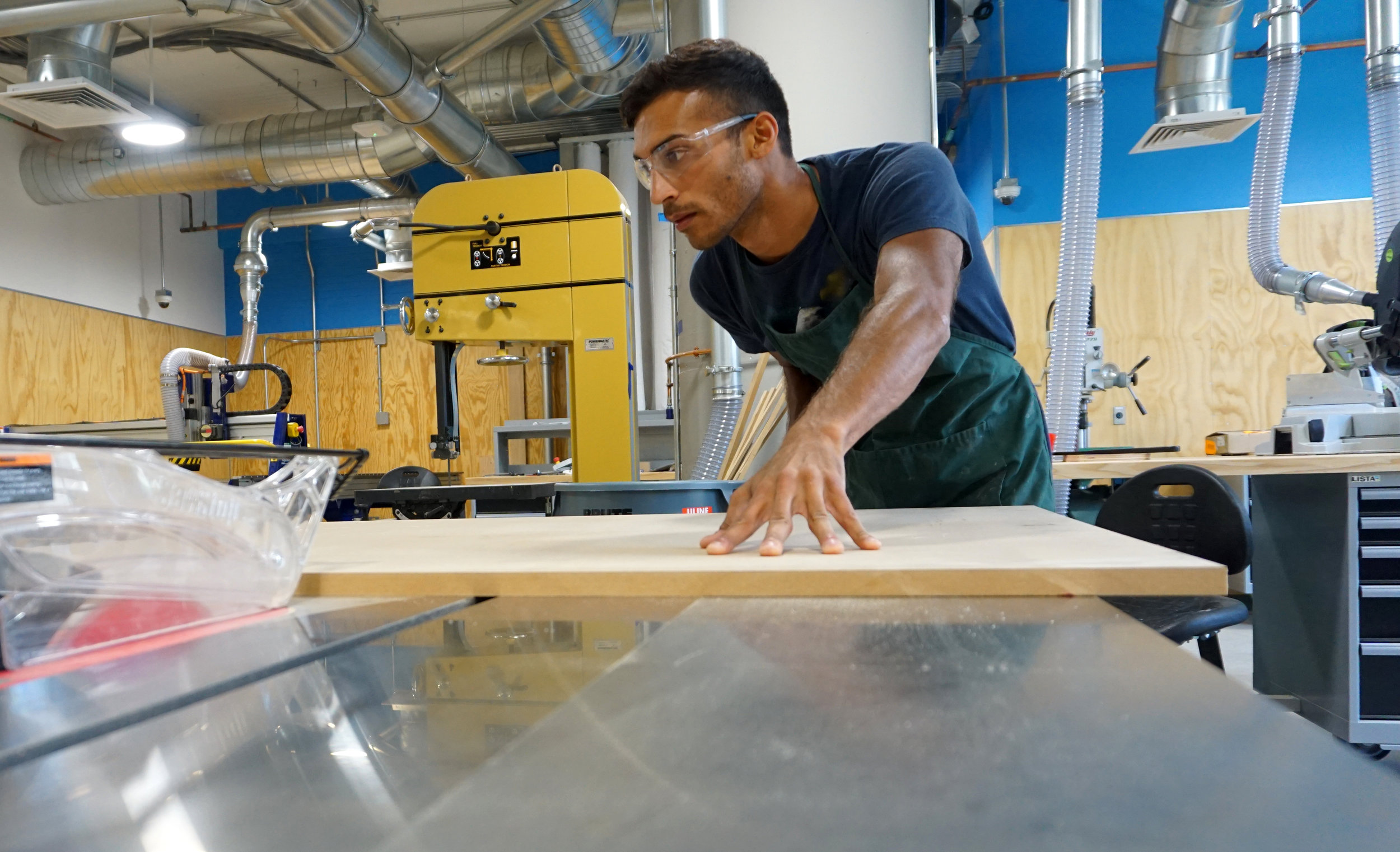Kristine Chen, Mechanical Engineering Design Fellow
My favorite part of the design process is prototyping. The process of actualizing a concept that you’ve developed forwards and backwards is incredibly gratifying and magical. The act of creating almost always deepens my connection to the project in a significant way.
This project was a rapid-fire crash course in design research and product development. The aspect of conducting interviews with experts and testing virtual concepts was new to me. The latter half of the project, which was focused on producing a prototype, was much more familiar to me. I had been enrolled in several university courses with a similar structure and similar deliverables. I wanted to work with Design that Matters specifically because nonprofit organizations in the medical technology sector are so rare – particularly nonprofit organizations that focus on low-resource settings in the developing world.
Most companies that develop medical equipment are either large corporations or for-profit social enterprises, so it was interesting to see what this niche business model would look like. Its non-profit status allows DtM to be intellectually open with its designs and ideas. Coming from a highly collaborative university environment, I was hoping to see the same sort of openness at play in ‘industry.’ I was able to speak to multiple medical professionals in American hospitals and gain their perspectives on neonatal care so I could and compare and contrast them with the perspectives of medical professionals who work in under-resourced areas. The project also increased my confidence in my ability to apply skills that I had learned in school to products that would make it into the hands of actual users.
In 3 years’ time I hope to be working in the biomedical technology sector, preferably at a company that works with exoskeletons or active orthoses.
Karan Mudgal, Industrial Design Fellow
From the get-go I was eager to get into fabrication. Having spent many years away from working on physical products, I was very excited by the opportunity to return to this work. This internship was a great chance to use many different prototyping methods -- from CNC mold making, to laser cutting and 3D printing custom hardware -- to develop our alpha Otter.
DtM has long been in my sights as a place I would love to work. While finishing my degree in industrial design, I felt quite anxious at the thought of working on phone cases or other plastic trinkets. DtM’s work is a solid example of what it means to truly listen to what users are asking for, and designing in such a way that anyone anywhere would be proud to own the product. I have always felt that we all deserve products that we are proud to own, no matter our socioeconomic status. We can’t simply expect the poor to be okay with a product because they can’t afford anything else. Everyone has a sense of pride about the things they wear, the objects they use, and the places they inhabit. DtM truly understands this.
In three years’ time I hope to be back in graduate school, earning a multi-disciplinary degree in design, engineering, and business. Working on this collaborative team has really demonstrated the value of having a strong grasp on engineering principles in product design to maximize efficiency and create something truly robust. I know I will take these learnings forward and incorporate them in the next products that I have the chance to work on.
Malory Johnson, Industrial Design Fellow
My favorite part of the design process is at the earliest stages, parsing an ambiguous problem into a plan of attack. While this step was already completed for Otter, and therefore not within our scope for the summer, I loved poring over the existing research documents and using what I found to establish a plan for validating or falsifying previous assumptions. The plan provides a clear and healthy view through which we can evaluate each design decision as successful, or in need of improvement.
During my last year in college, I became interested in design within the context of non-profit and social benefit organizations. I believe there is a tremendous unmet need within the social sector for context-appropriate design. I found Design that Matters and fell in love with the mission. Working here has broadened my understanding of qualitative research: Unlike many domestic design companies, DtM has a unique need to conduct interviews across linguistic and cultural barriers. Designed for low-resource, international contexts, the research methods we rely on are effective for design interviews in both international and domestic settings.
In three years, I hope to be working internationally, living and practicing human-centered design in a culture completely different from my own.






